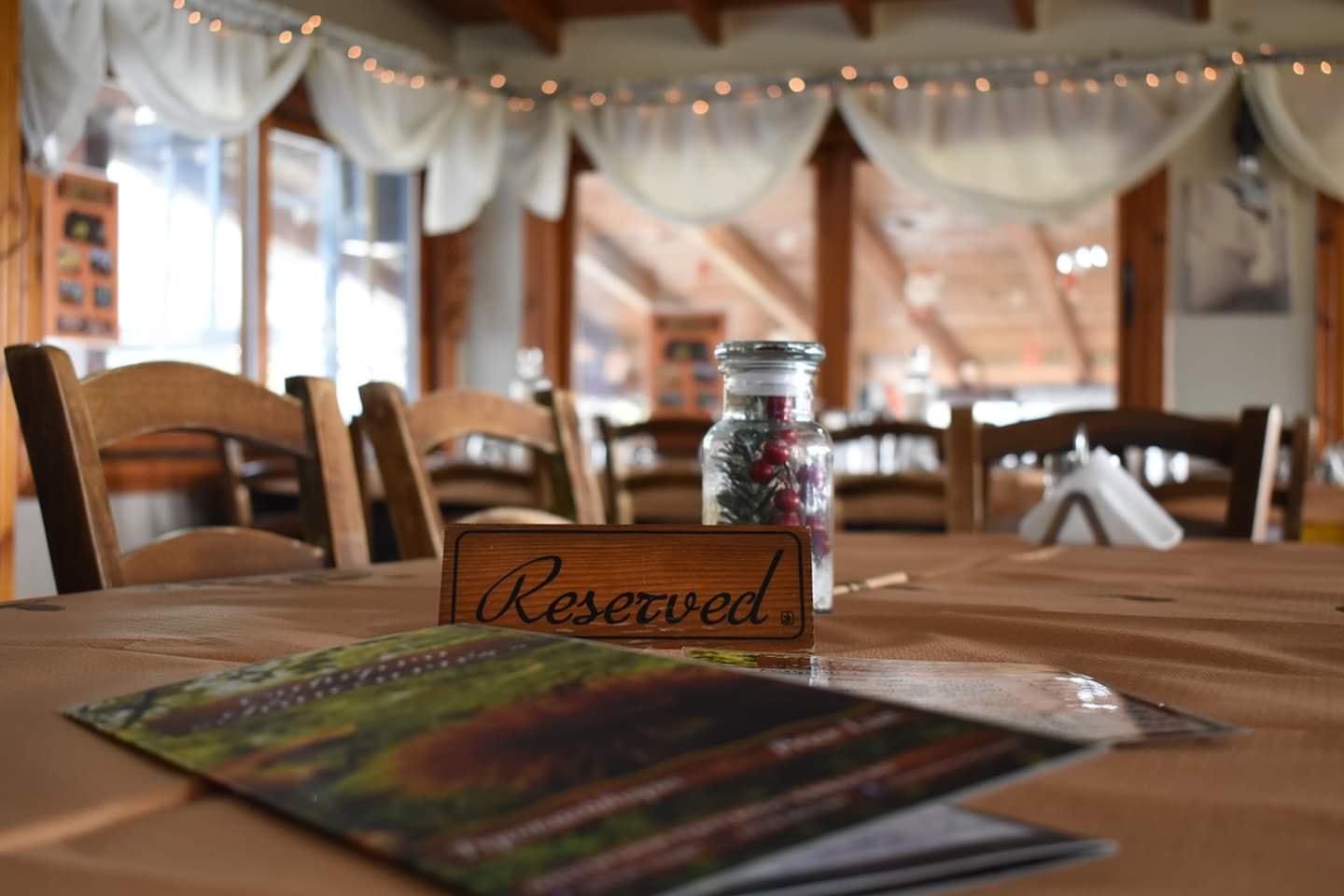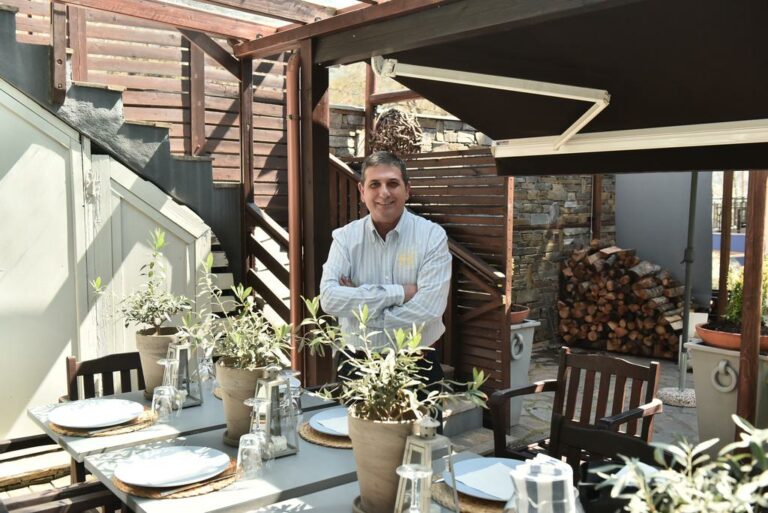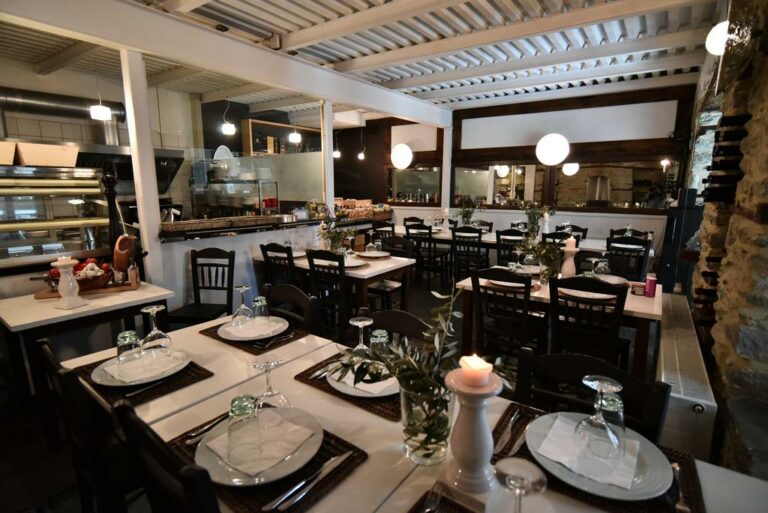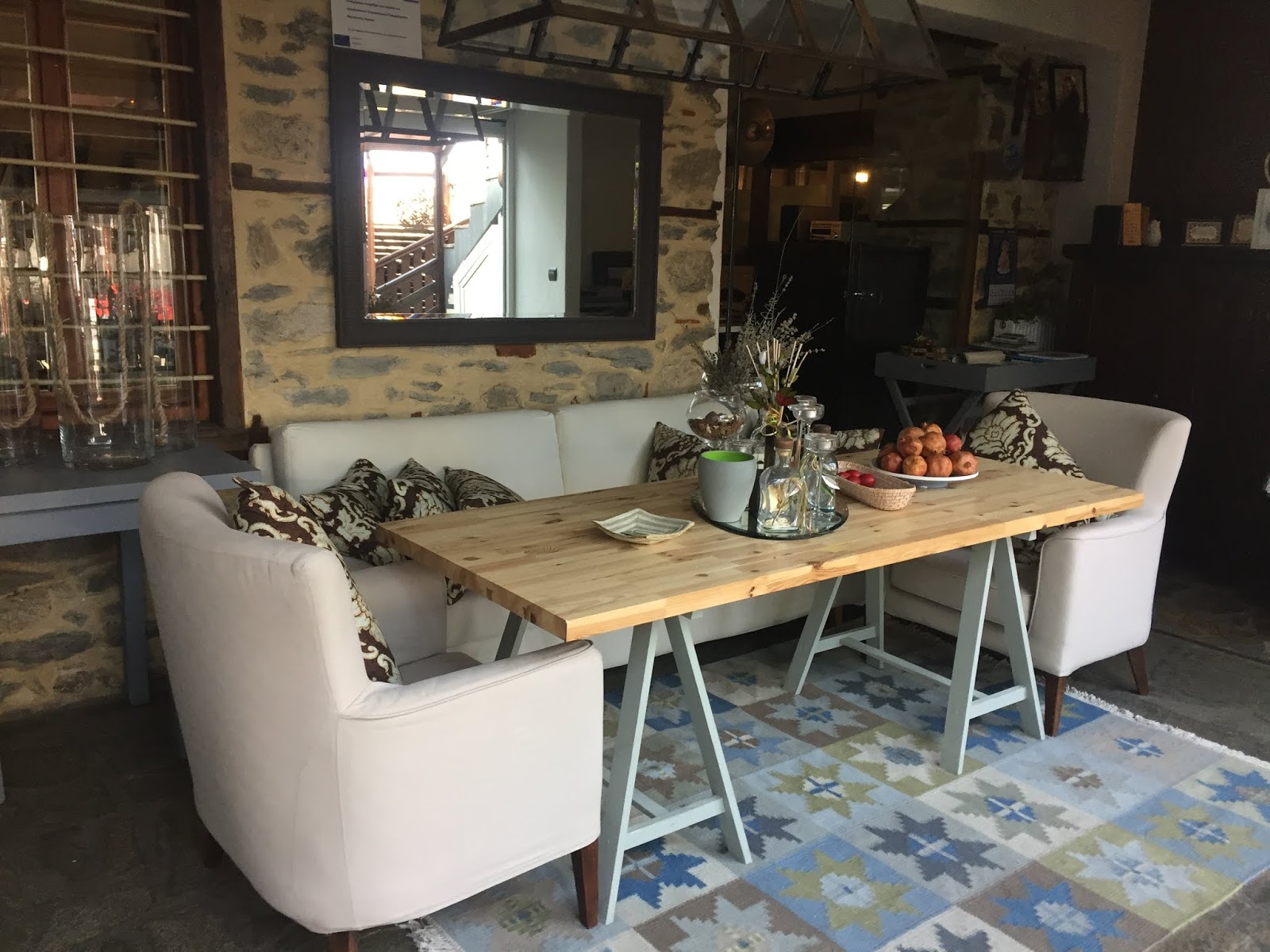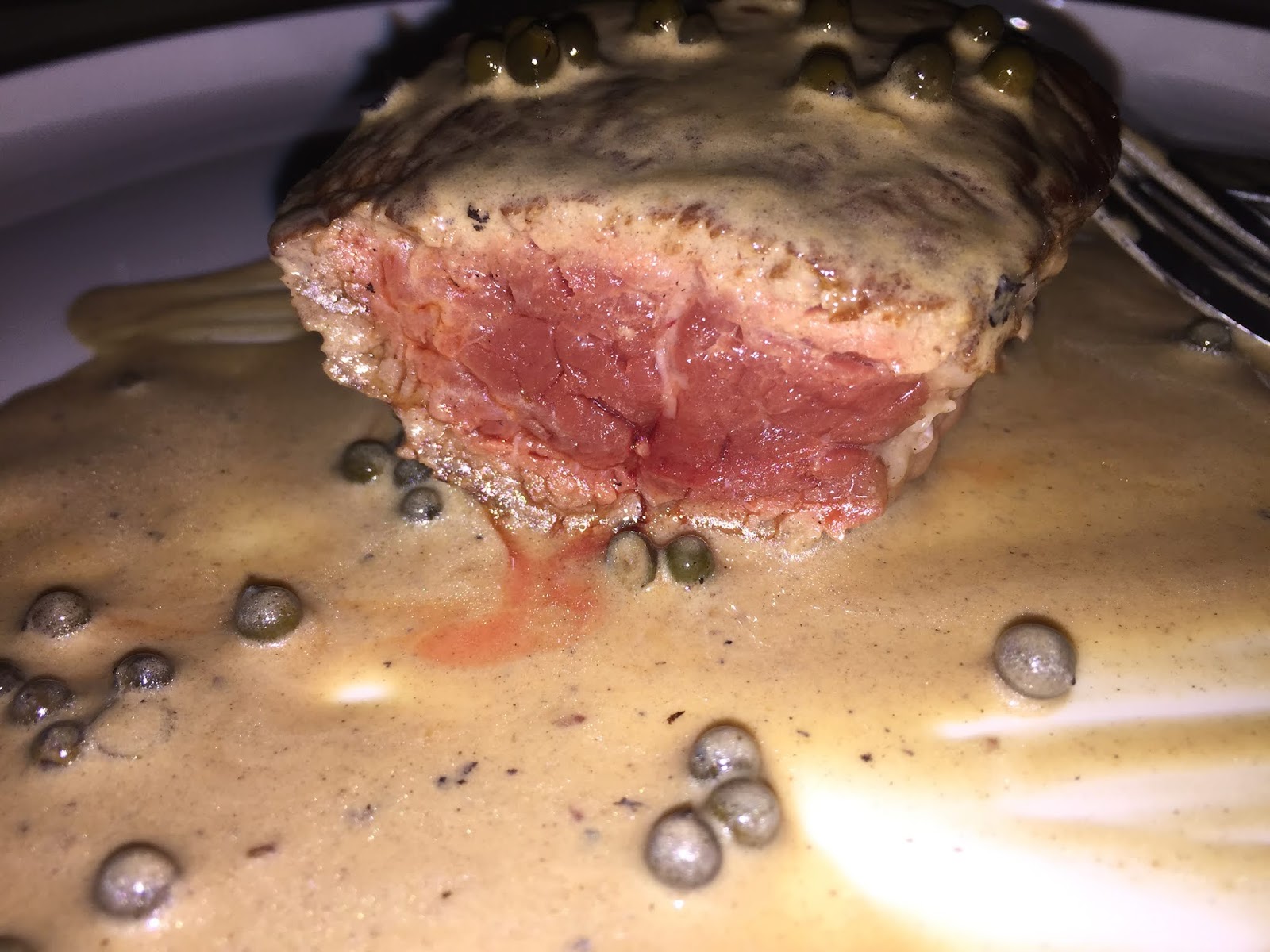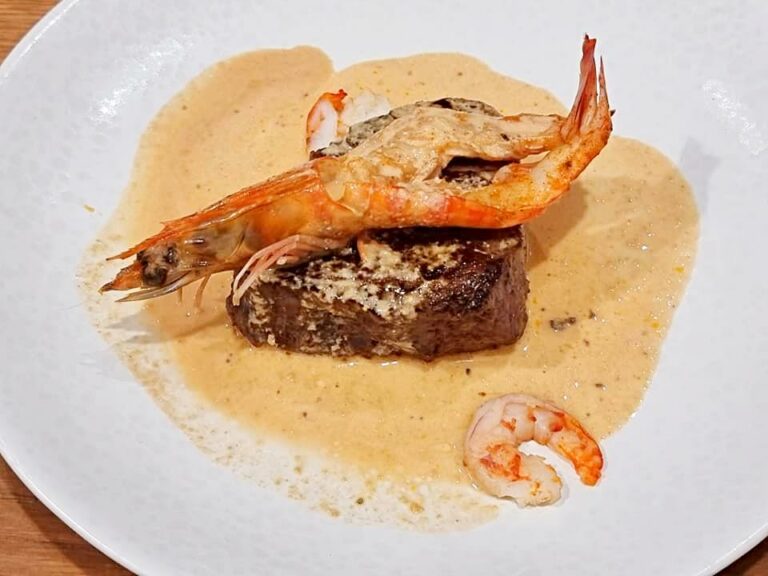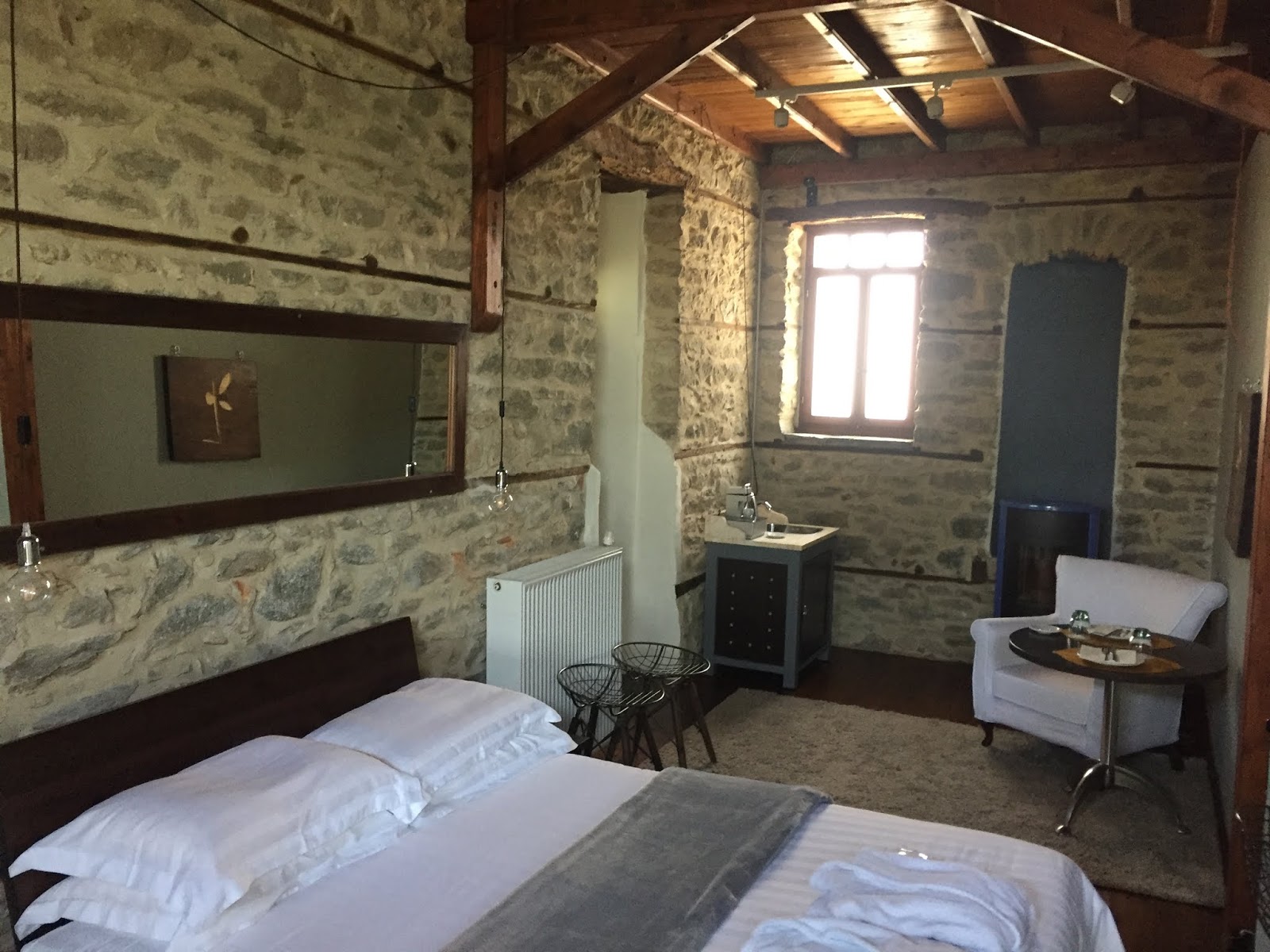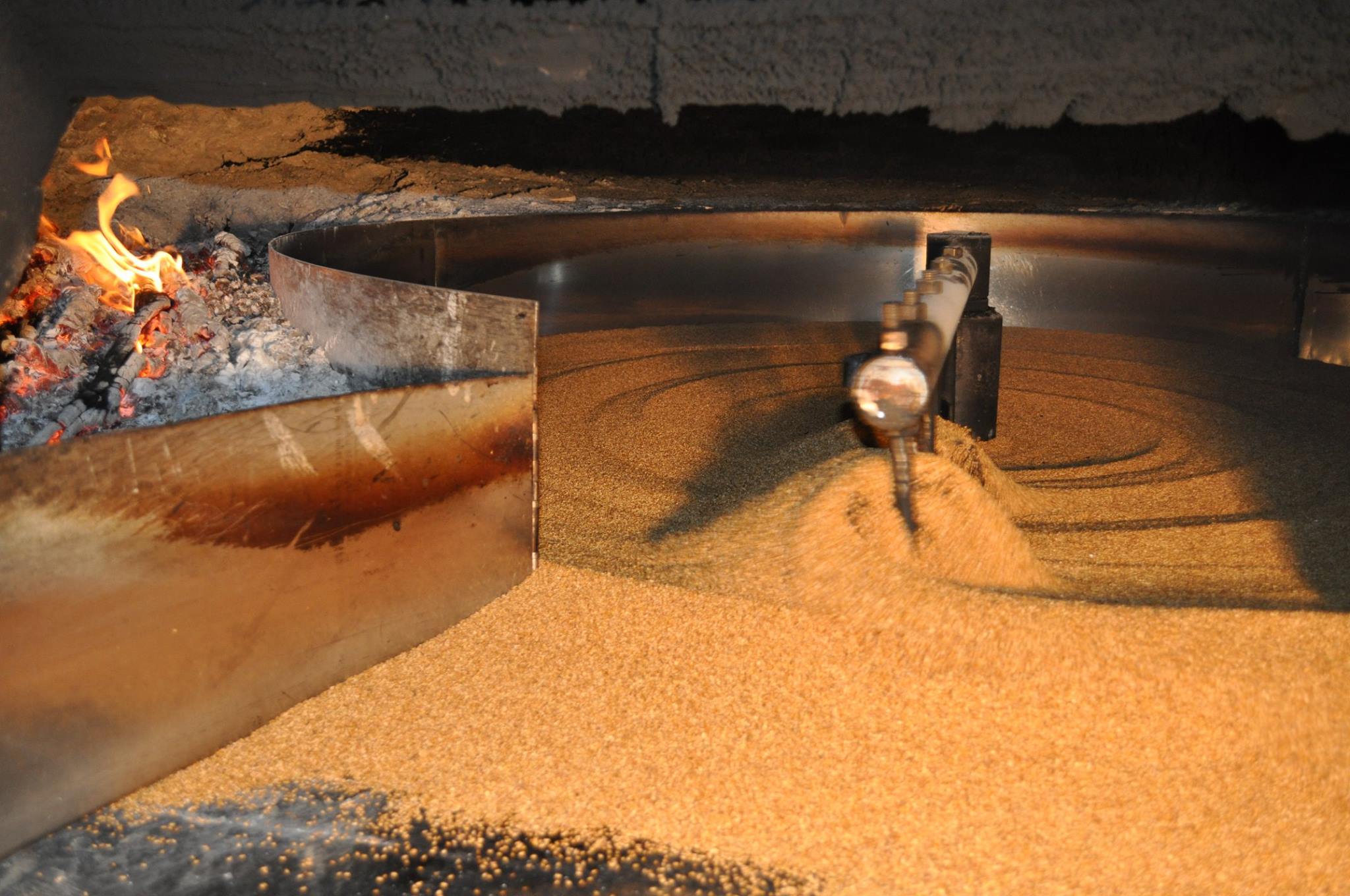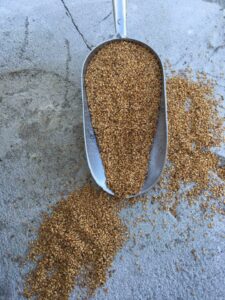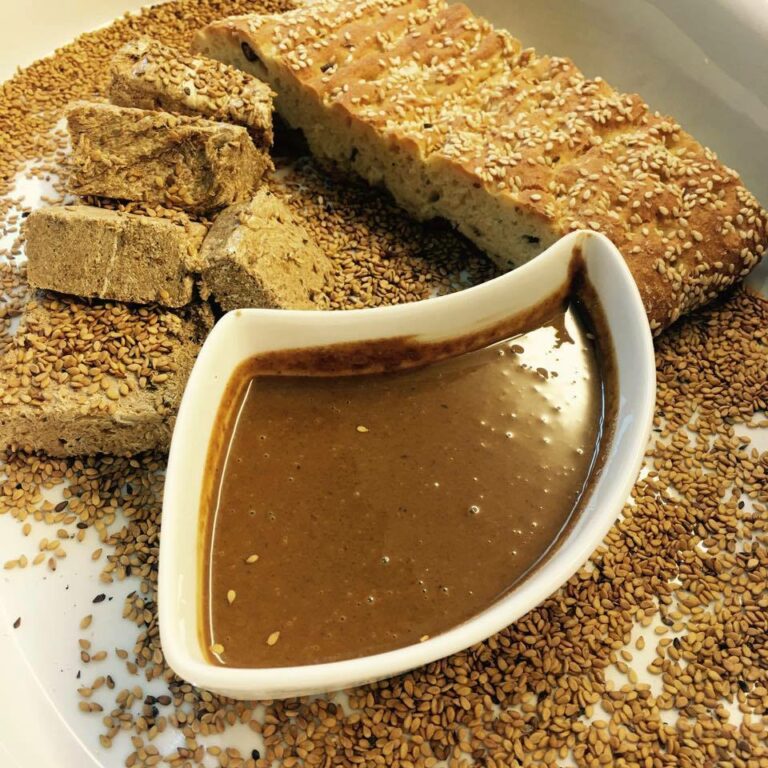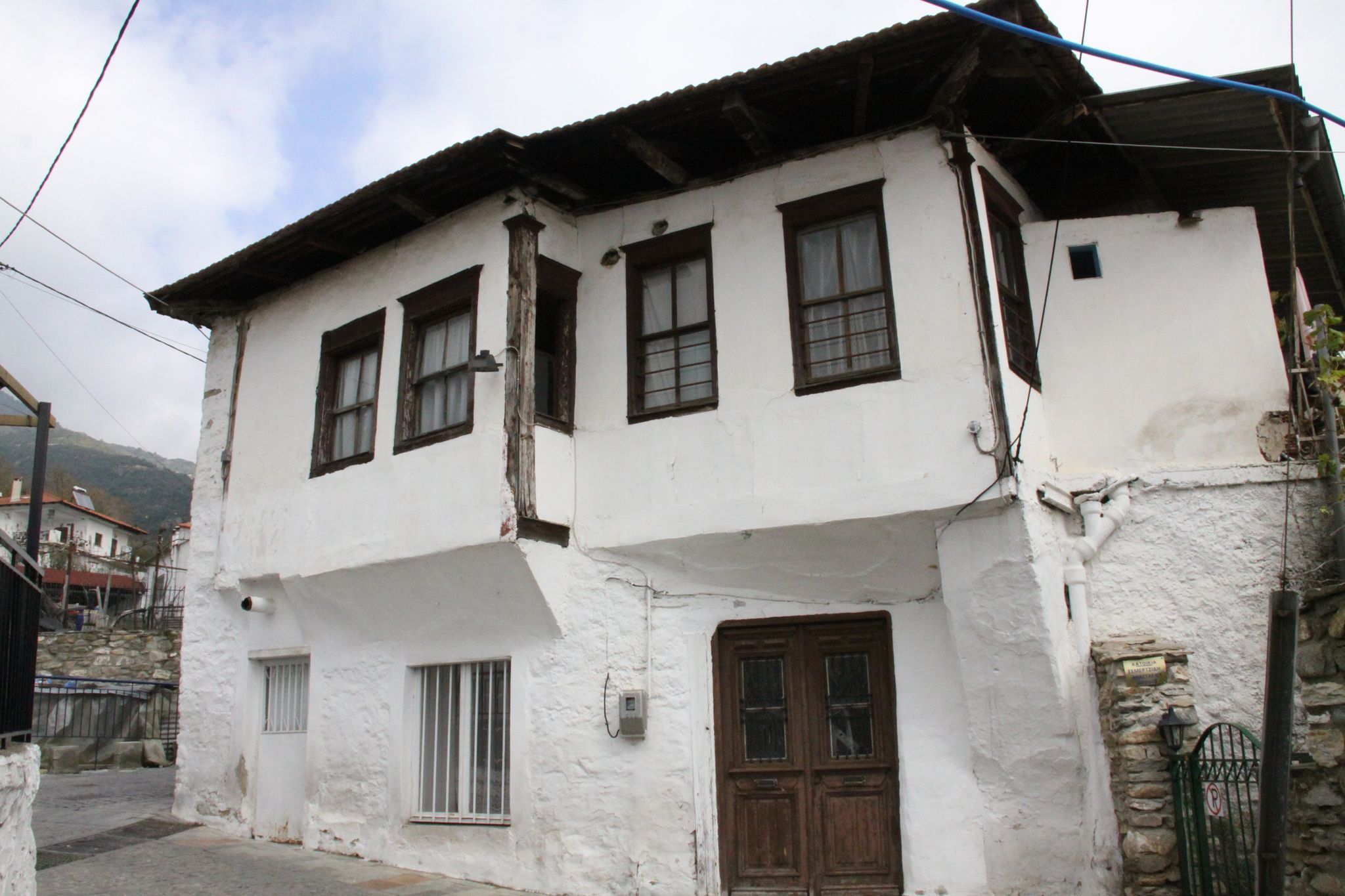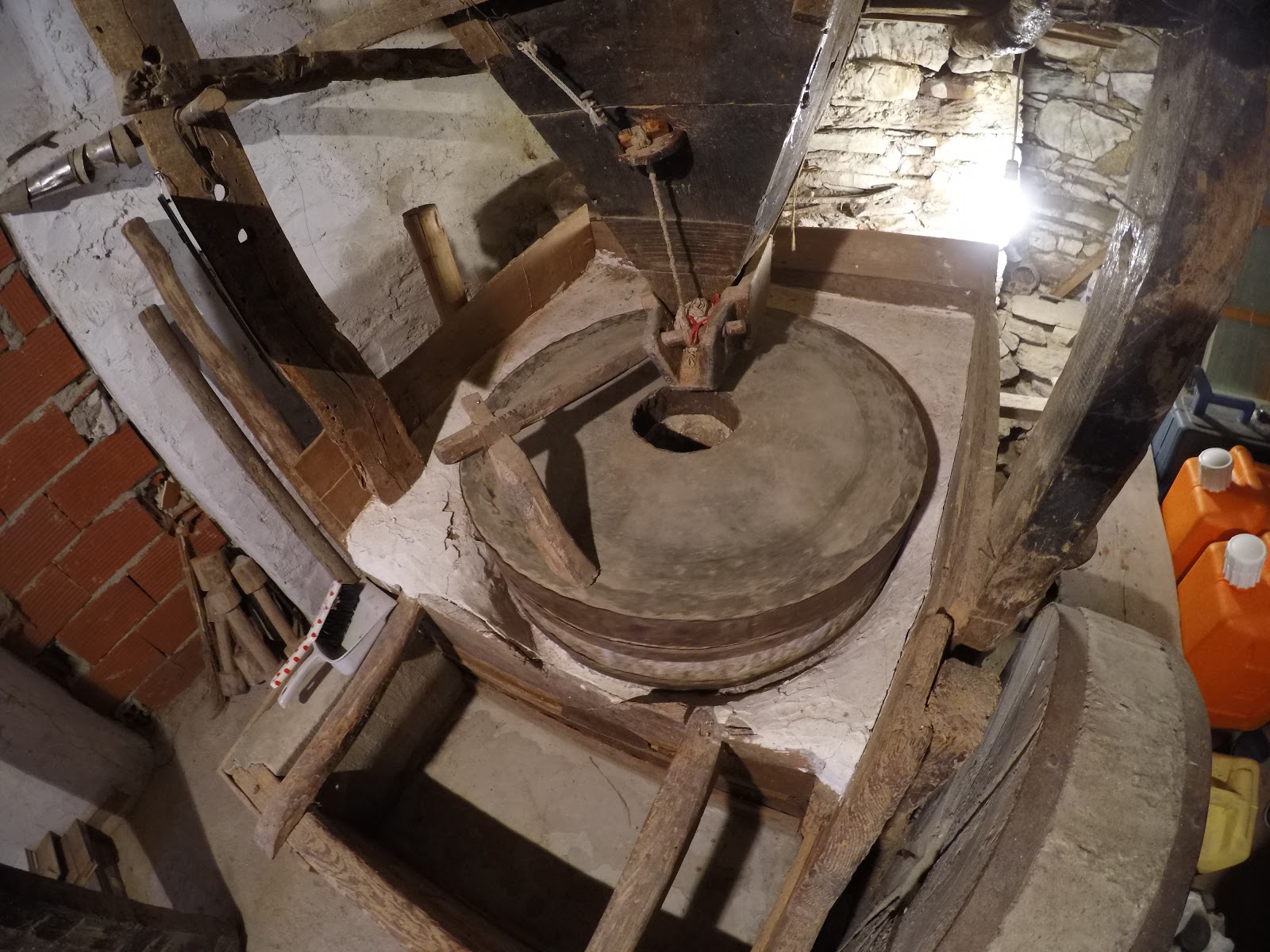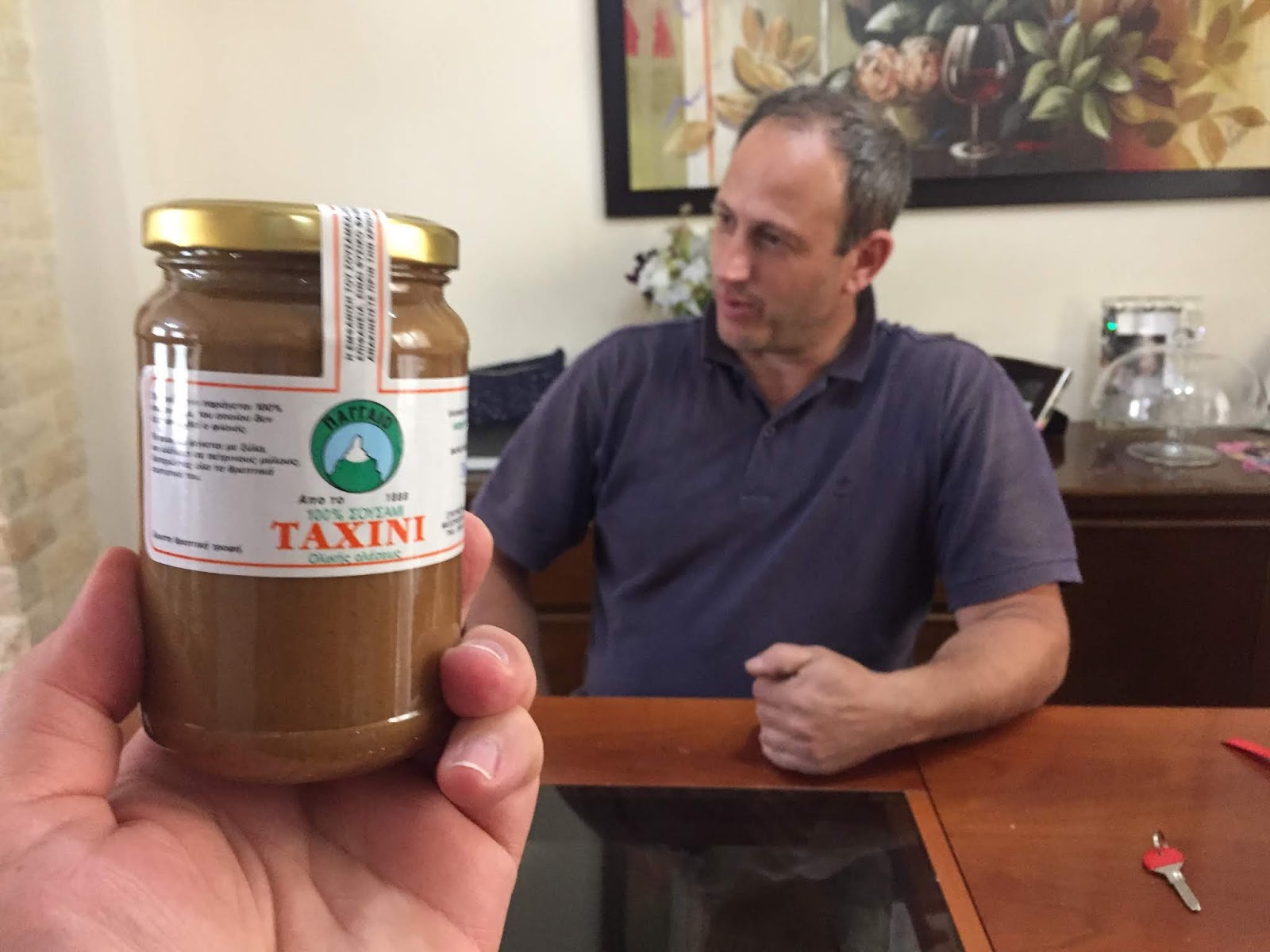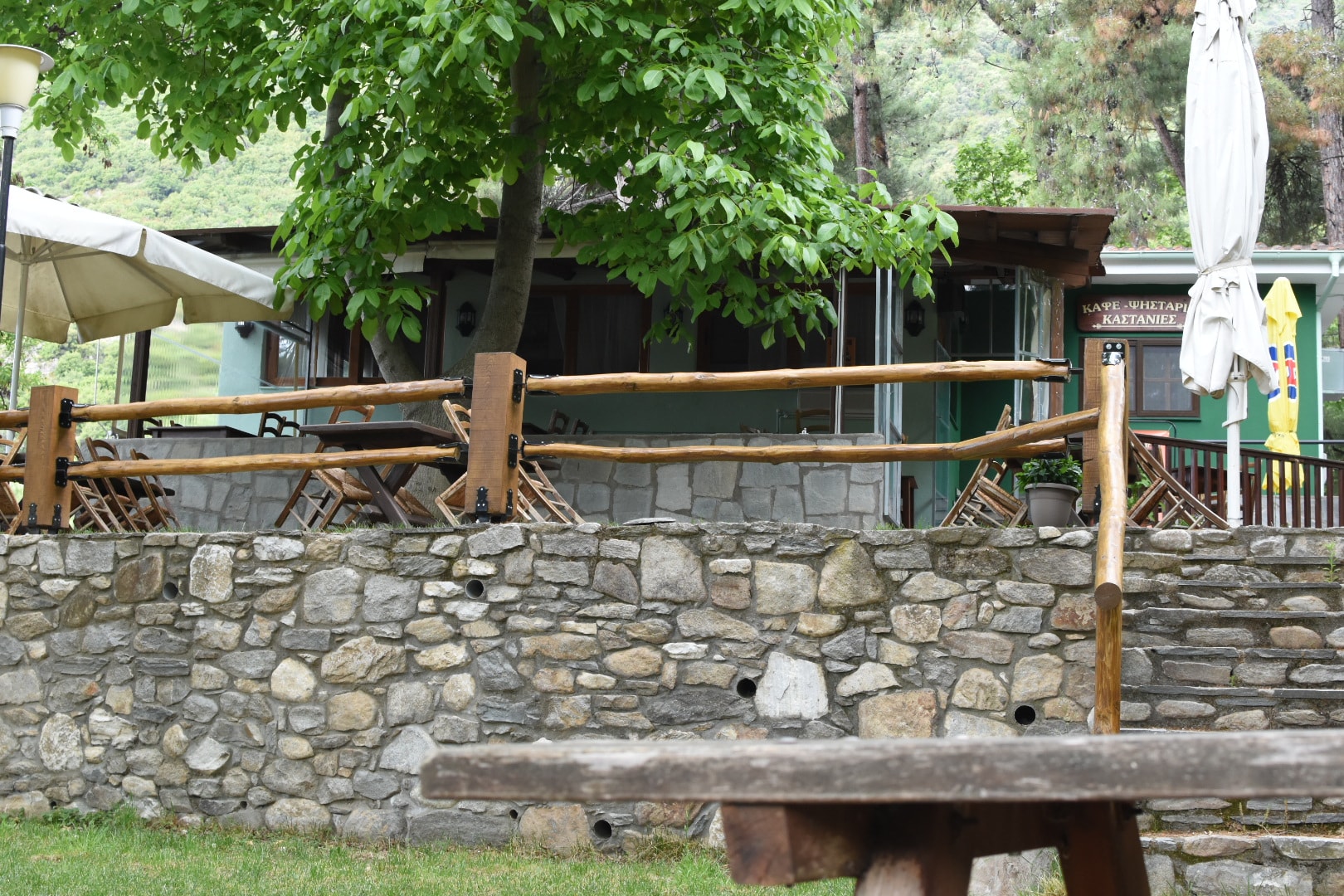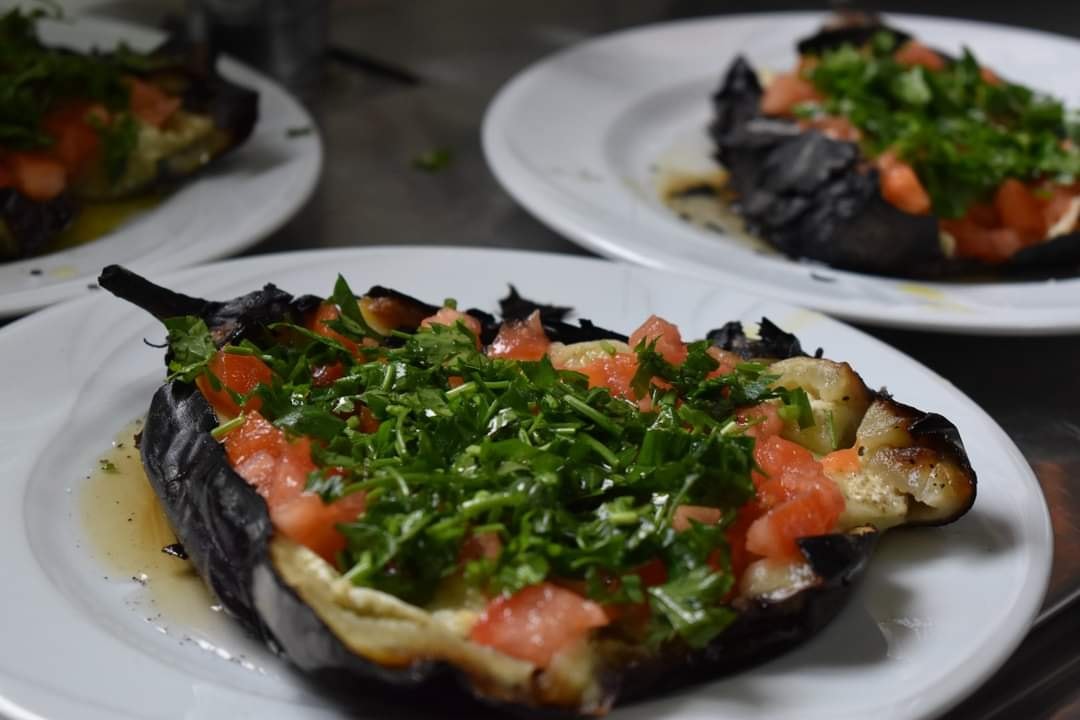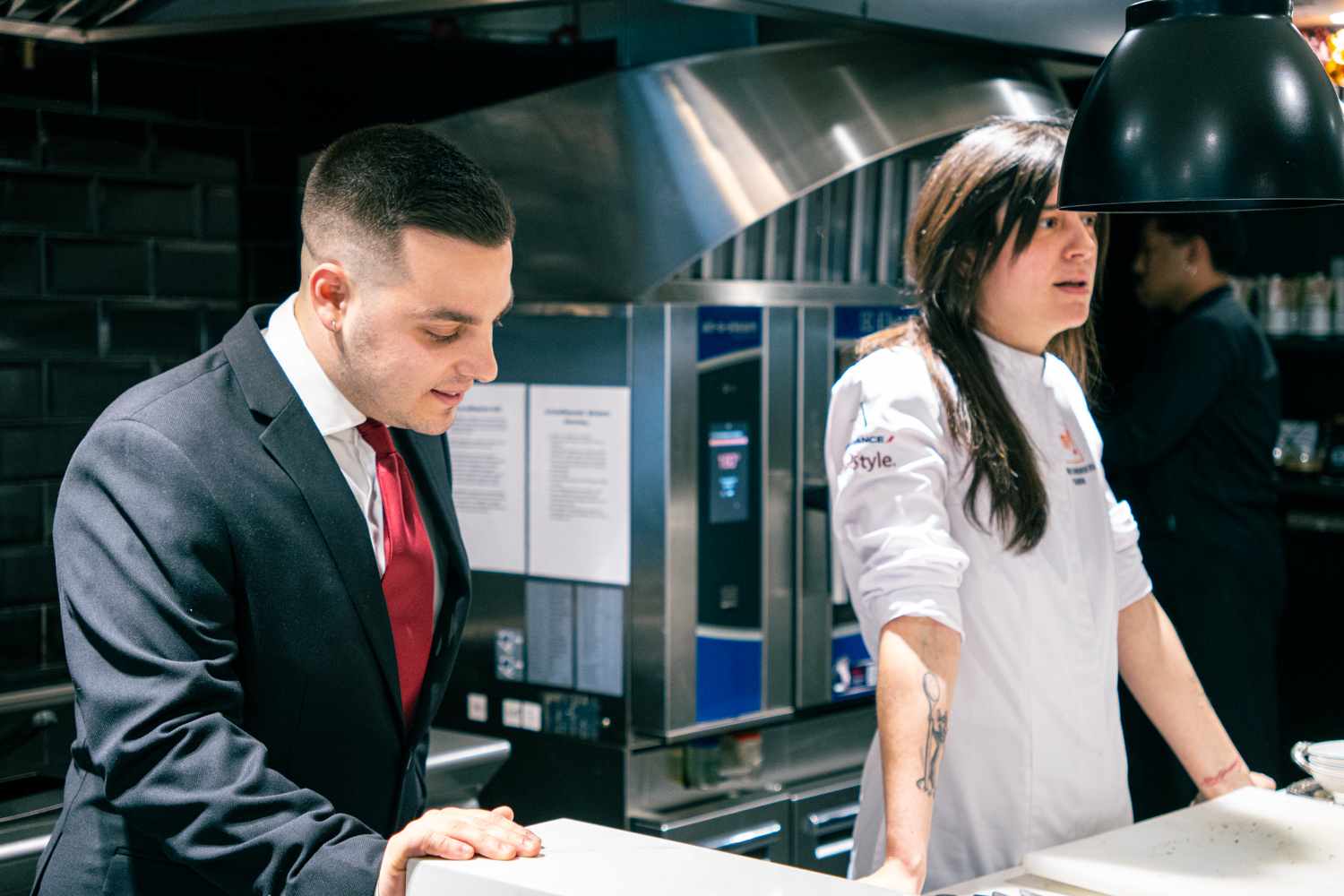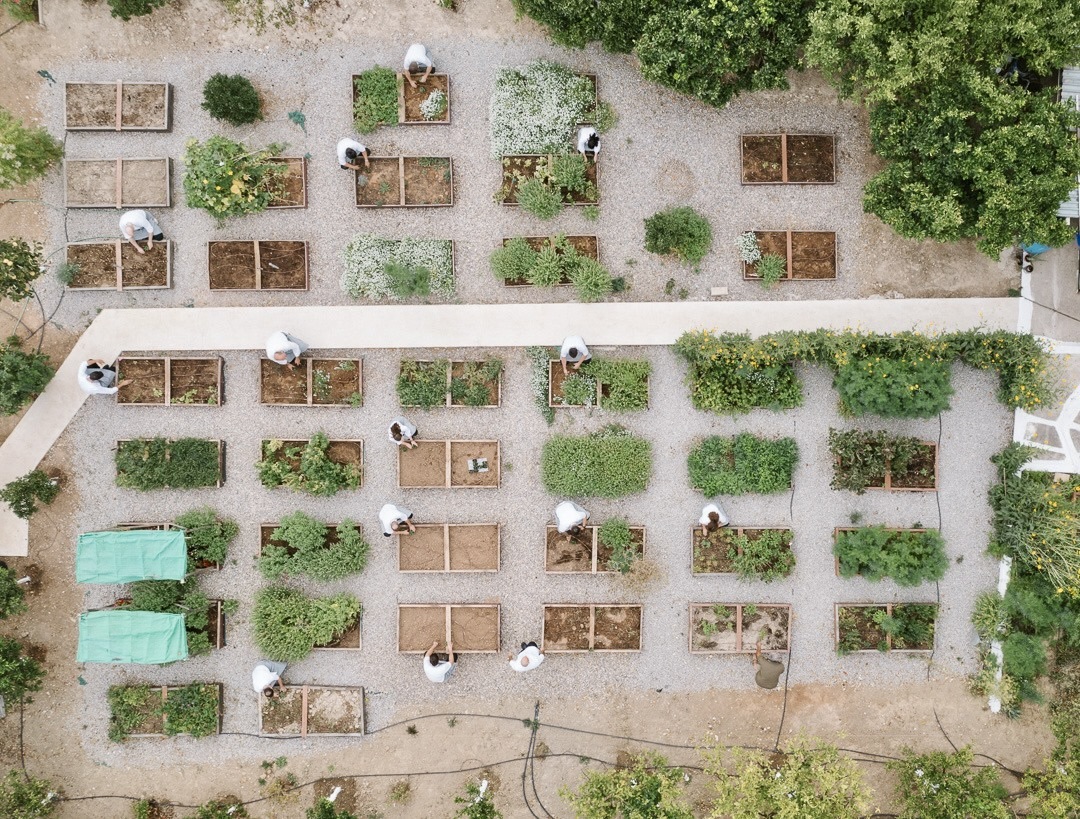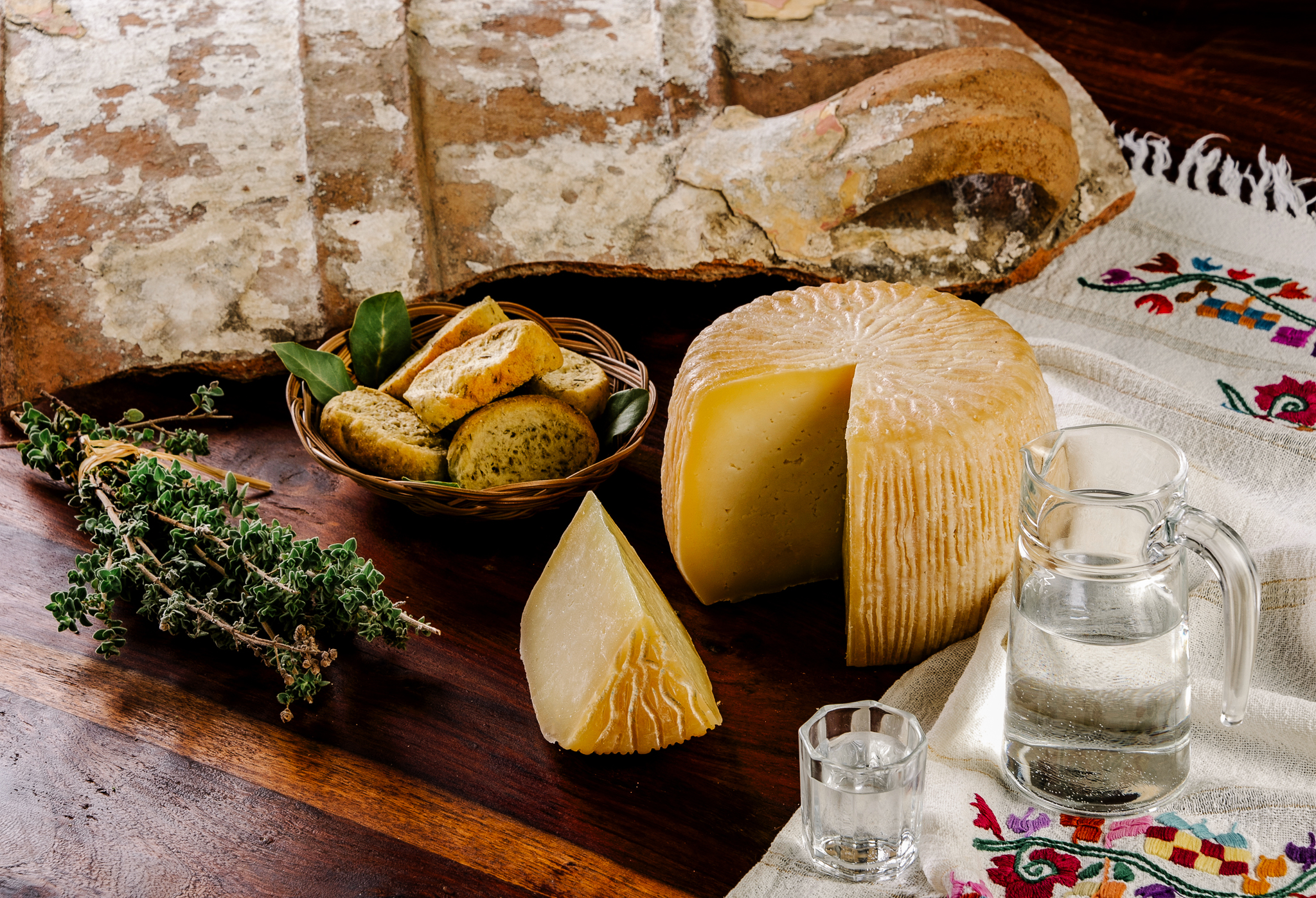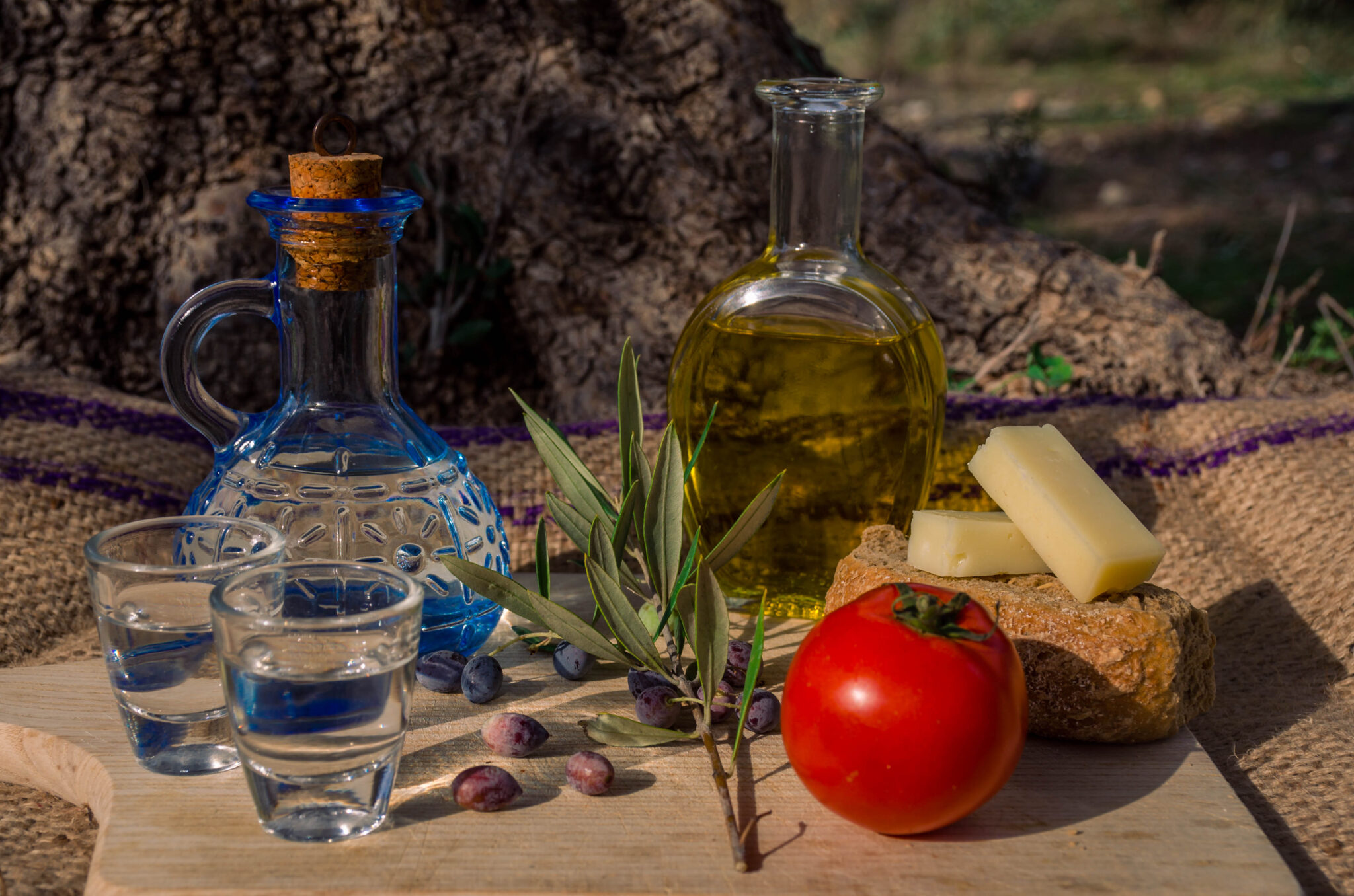Mesoropi is magical: red-tiled roofs over bright white houses, founts, plane trees, cobbled streets, the square with the stone well, creeks, watermills, bridges. A folklore museum, mansions of the late 19th, early 20th century – one is dated “August 1883” – all traces of the past prosperity due to the tobacco trade that brought famed builders of Epirus to build the village’s buildings.
Walking around the village you’ll come across the church of Agia Kiriaki built in 1890, the stone built primary school standing tall since 1933, the Greek Old Calendarists church of Agios Ioannis Prodromos dating back to 1886 with the icon that is said to have come and gone three times until it decided to stay here and not in the chapel it was found in. Legend has it that the traces of feet and cane on the rock outside the chapel dedicate to Cosmas of Aetolia, 2-3 km outside the village belong to him, as he visited the village to preach. From the chapel of Agia Marina, at 560 m. altitude, the view of the village and the valley of Pangaion is stunning, while the Cave at 1176 m. high with the stalactites is enchanting.
Having reached here, you must walk at least for a while on the famous Mesoropi Path that reaches the top of Pangaion, Mati, at 1956 m altitude. Already from your first steps you’ll feel like you’re in the land of pixies. The chestnut and plane trees, the creeks, the small waterfalls, and the “Mesoropi Waterfall” 7 m tall, the arched bridges, the basins with the crystal-clear waters, the gazebos and the benches will all win you over.
And if at one time Mesoropi was known for its gold reserves and then for the valuable tobacco, it appears that now gastronomy is slowly become its new source of prosperity.
Gourmet delicacies among the plane trees
A very beautiful and very old, traditional stone house in the village is where the awarded restaurant “Kladi Elias” is housed, together with the Culinary Boutique Hotel “Kladi Elias”. The man behind this elegant unit is chef -patron Vyron Barbasakalis. Having travelled widely and with a long career in French cuisine, he decided to relocate permanently to Mesoropi 18 years ago. The menu changes according to the available ingredients and his inspiration and he loves the Mediterranean, the modern Greek flavours and the classic French cuisine dishes that are his specialty.
Dishes that are always on the menu are the filet au poivre vert, the lobster tournedos, the beef filet tartare, the bulgur with tomato pesto and yogurt etc. For quality meat eating, ask for the matured meats, as the restaurant has a dry aging fridge while you can choose your wine from remarkable selection of Greek, mainly local, labels. Finally, not that they offer a mini collection of cigars.
The guesthouse includes four spacious suites with minimal décor and the benefit of birdsong and verdant nature through the windows. To visit the restaurant, you need to make a reservation as the chef’s fan club starts from Thessaloniki and expands to Eastern Macedonia, the nearby Balkans and of course the South of Greece. (25920-93293, www.kladielias.gr)
What comes as a surprise for visitors is the cosmopolitan air of this place in comparison to the tahini produced by Floros Florou just a few steps away.
The best tahini in the world
Before talking about the product, we should mention that the producer, Mr Floros Florou is a very special person. Apart from a tahini and halva producer, he is a beekeeper, a teacher (he teaches math) and 5 years ago he got his degree Theology. Together with his wife Despina who is in charge of the administration work of the business, they keep their large family – ten children and three grandchildren – together.
The handmade organic whole-grain tahini he produces is a family matter for more than 100 years. Fragrant, with texture, and the earthy nutty flavour of sesame, it’s a true delicacy. The producer grinds the sesame in watermills. His grandfather bought the first watermill in 1880 from a Turkish mand for 40 lire, and now the family owns four watermills and one electric mill. His dream is to acquire ten mills, one for each of his children and to keep on producing this amazing product using the old way that has so many advantages: the sesame is roasted in a wood burning oven so that it dries completely, and it gets the wood fragrances, while when the sesame is grounded between the large stones of the mill the temperature does not rise too much and thus the aromas, the flavour and the overall quality remains the same.
Apart from whole-grain tahini, Mr Florou also makes traditional halva from Pangaion, made using shelled sesame, with only 5% sugar, and great forest and blossom honey. You can try and also buy their products. (facebook, tel. 0030 25920 93562, 0030 6972543276).
A special grill house
Among the chestnut, walnut fir and plane trees, in the area Kastanies, that also gives its name to Giorgos Xoulogis’ tavern – grill “Kastanies” (tel. 0030 25920 93687, 0030 6978003189) you can enjoy local grilled meats like beef steak, rib eye and also roast lamb and pork shank (on Sundays) and local recipes like escargots in tomato sauce served with boiled greens and herbs or “prassoudia” (fried leeks with tarama salad) – these you need to order in advance. A great advantage: you can order the steak exactly as you like it.
They have a fireplace for the winter, it’s cool in the summer, and they have a large playground for children.
Special thanks to food & travel blogger Stathis Harpatidis from Kavala (newharpas.blogspot.com) for the permission to use his photographs for this article.



